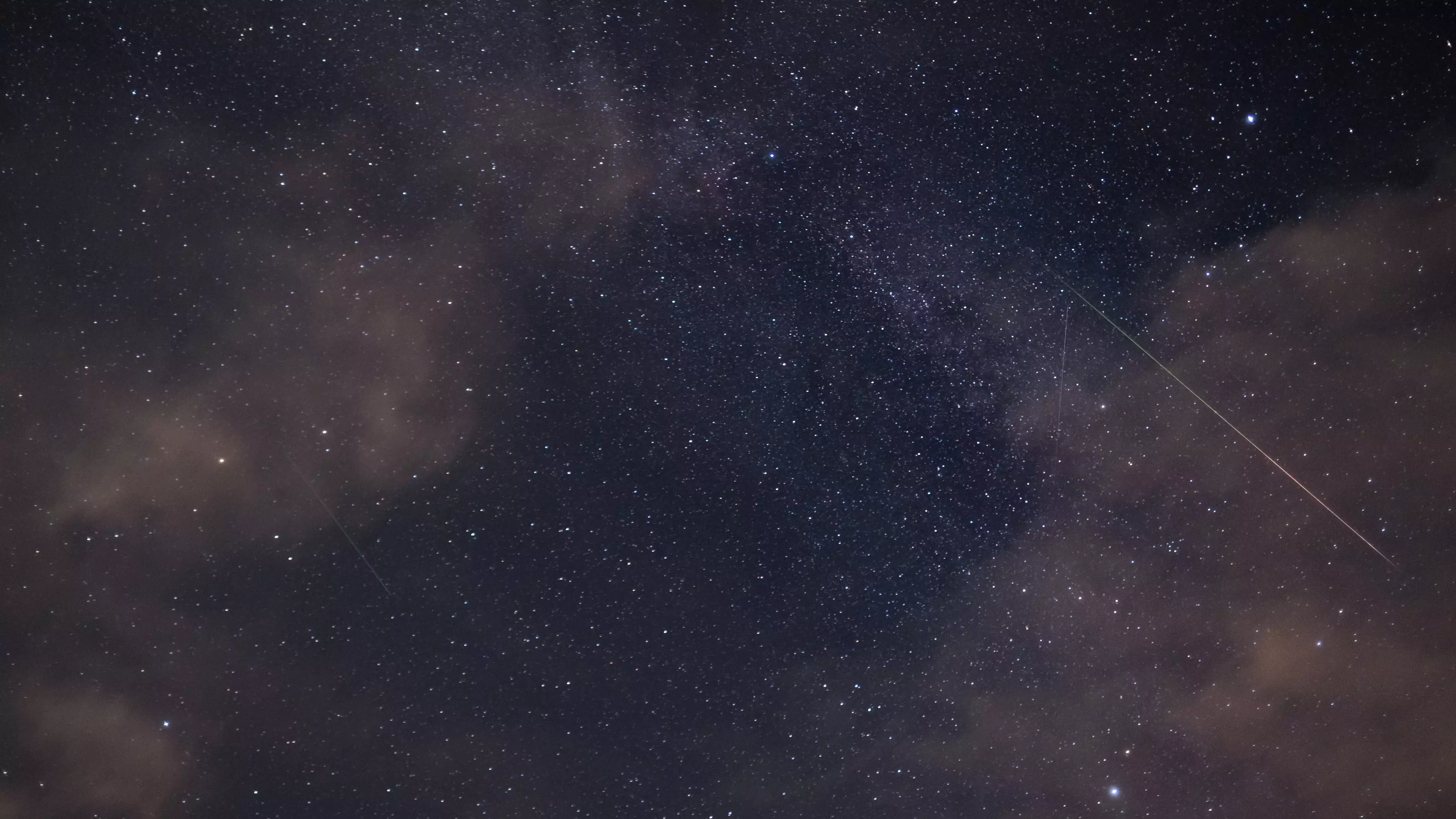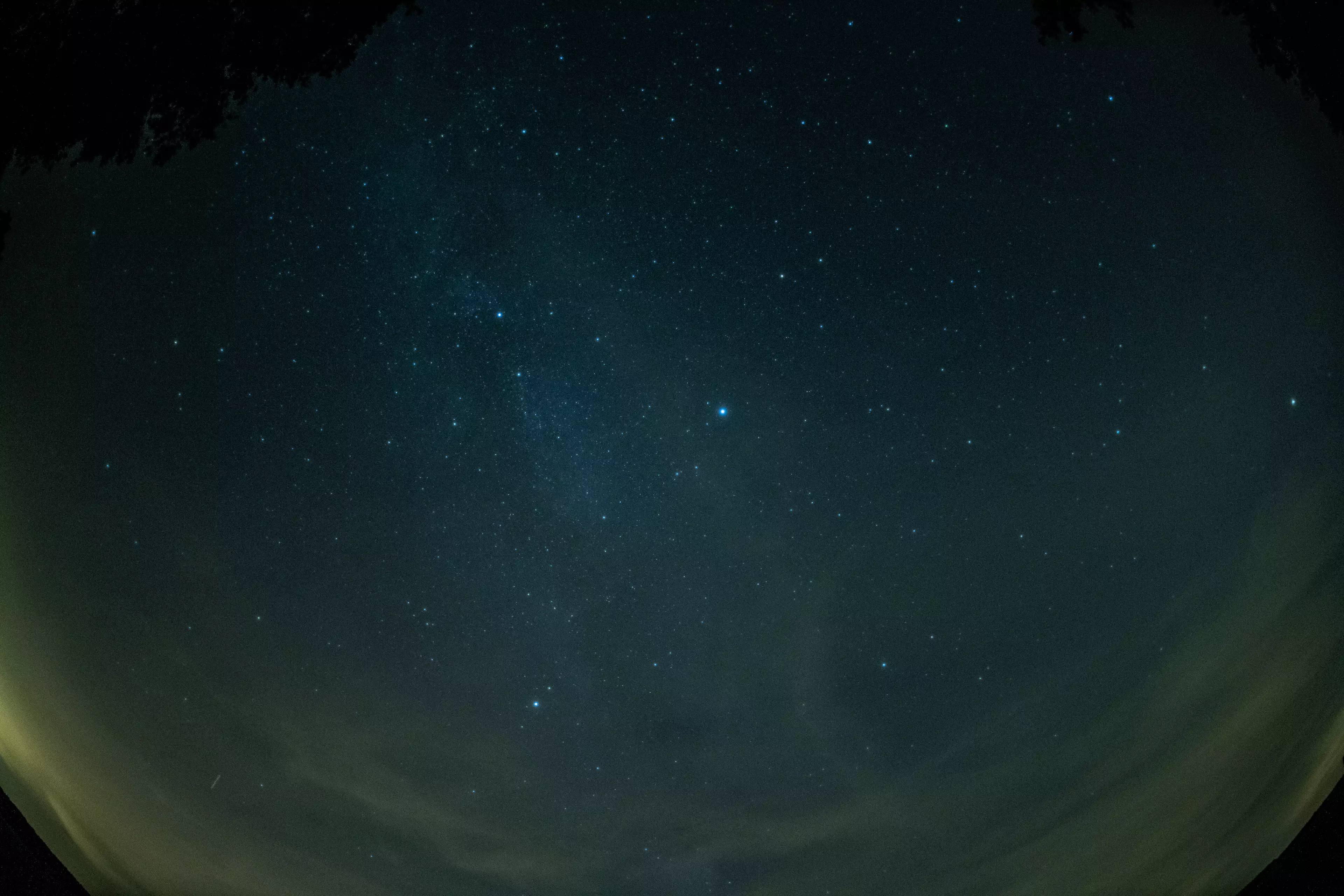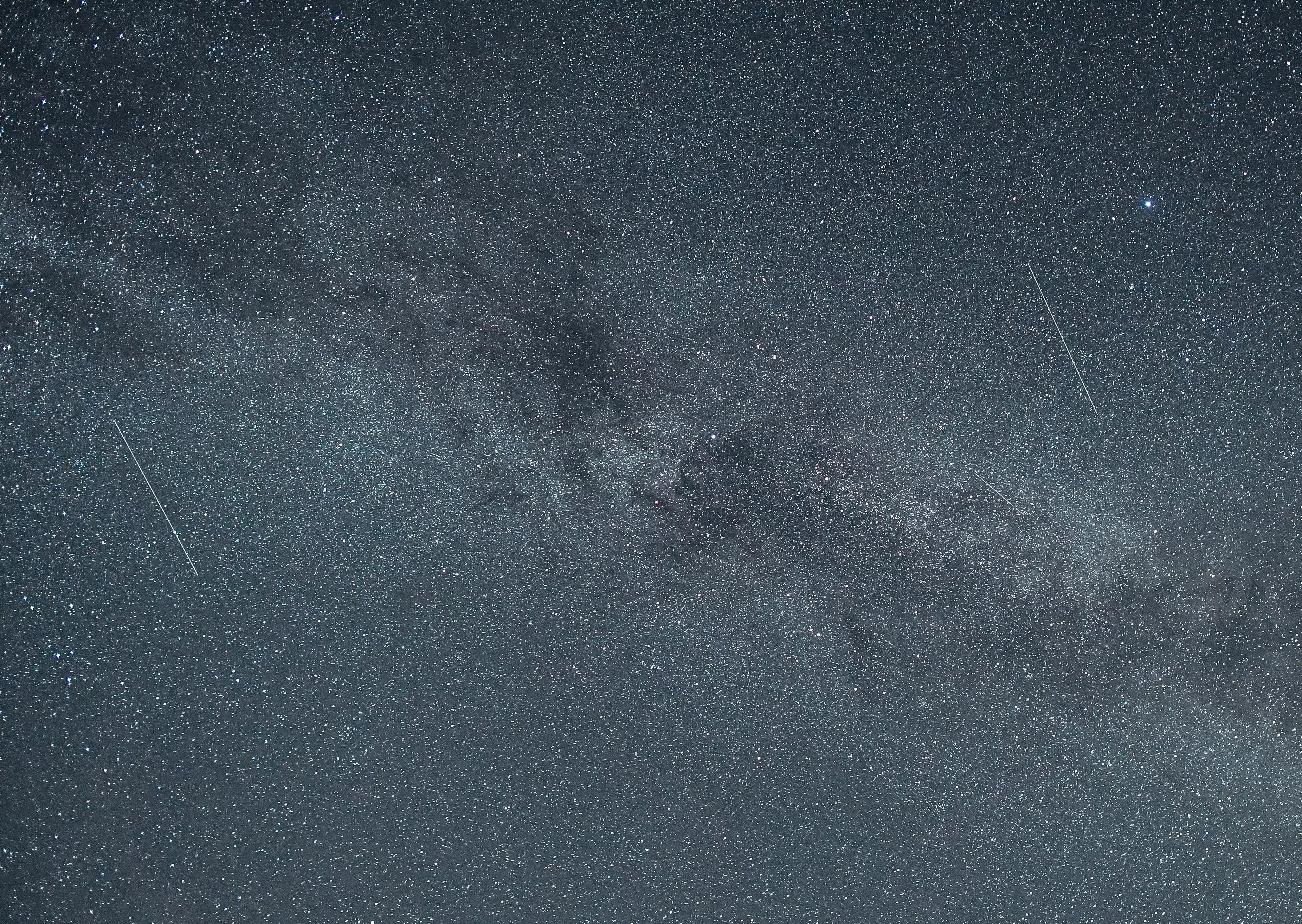
Scientists have identified a load of strange and incredibly powerful radio signals that are coming from somewhere within the Milky Way.
These Fast Radio Bursts - or FRBs - are a bizarre phenomenon that was first observed in 2007, but has never been seen before to emit from within our own galaxy.
To put it mildly, there's still an awful lot that we don't know about them.
The signals are incredibly short, but incredibly strong. In fact, they can emit even more power in just one millisecond than our sun does in a whole day.
It goes without saying, that's a bloody powerful signal.
In this instance, the boffins reckon that they've tracked the radio emissions back to a potential source, a collapsed star that sits about 30,000 light years from our home planet.

This detection gives the best possible reading to date on the origins of this burst. It could be that some, if not all, of these FRBs are unleashed from highly magnetically charged neutron stars called magnetars, which are weird objects born out of supernovae.
One of the astrophysicists from the Canadian Hydrogen Intensity Mapping Experiment (CHIME) telescope in Canada, Daniele Michilli, explained: "This is the most luminous radio burst ever detected in our galaxy."
This discovery first came back on 28 April when that CHIME telescope detects just a millisecond of FRB coming from just around the part of the sky that the catchily-titled magnetar SGR1935+2154 lives.
Another telescope later confirmed the sighting, as well as a load of x-ray emissions from the same source.
Caltech astrophysicist Chris Bochenek, who works with that second telescope, which is called Stare2, added: "When I looked at the data for first time, I froze and was basically paralysed with excitement,
"The fact that we detected such a burst in the Milky Way at all is surprising."

Whilst this latest discovery doesn't confirm once and for all that FRBs come from magnetars - which can be only 12 miles or so across, but way more dense than our sun - but it does certainly suggest that is the case.
How they actually do it, we still don't know. It's possible that they are distorted by 'starquakes' that release vast amounts of energy, or magnetar flares collide with other particles in space producing shockwaves and magnetic field that release radio wave bursts.
Duncan Lorimer, yet another astrophysicist from West Virginia University - who wasn't actually involved in this study, but knows his stuff - said that the latest findings were 'an incredibly important development' and showed that magnetars are 'really credible sources of FRBs'.
He added: "Back in the day, we thought about magnetars, but I think I was more prone to a one-off source like a neutron star merger."
Featured Image Credit: PATopics: Science, World News, Technology, space